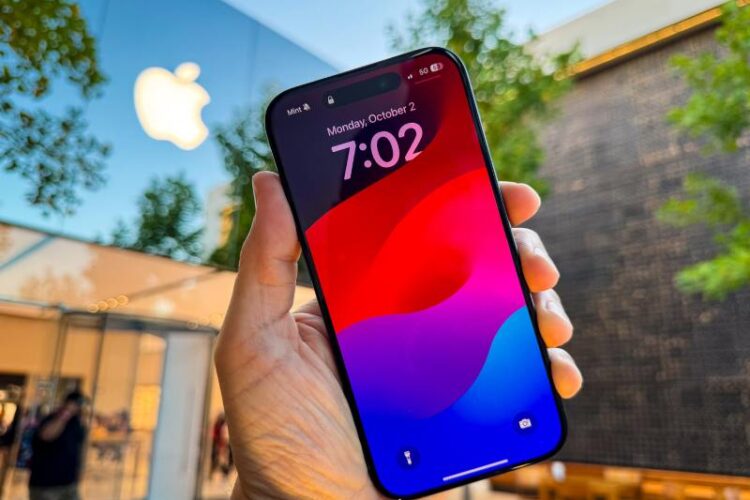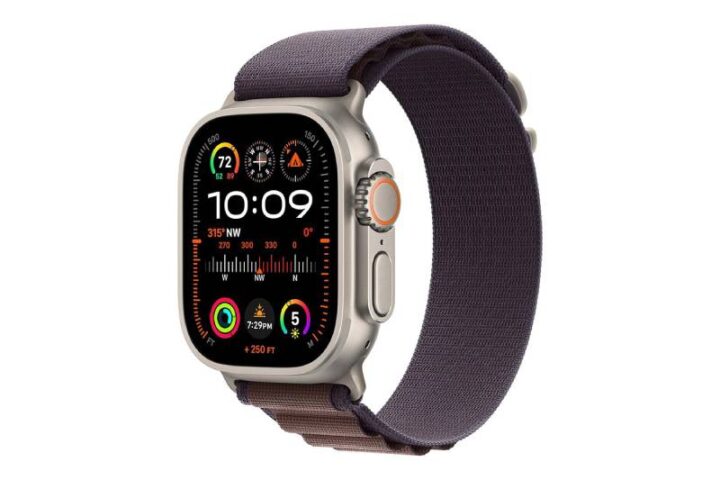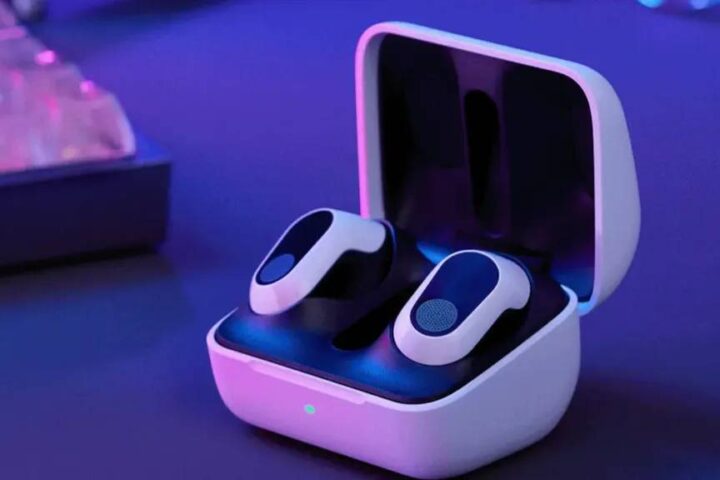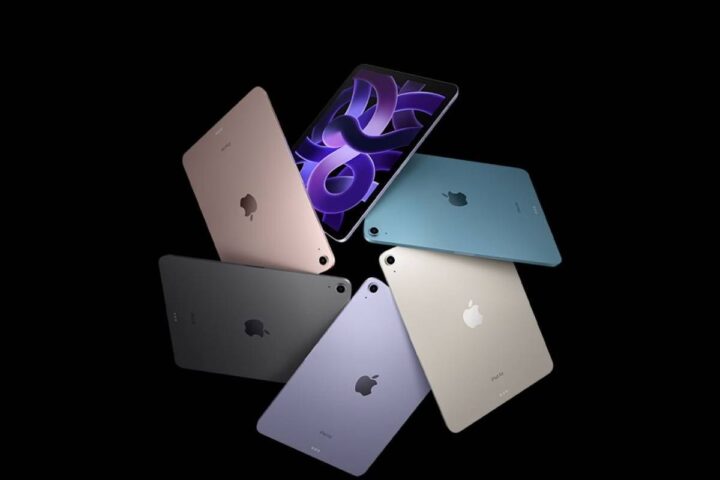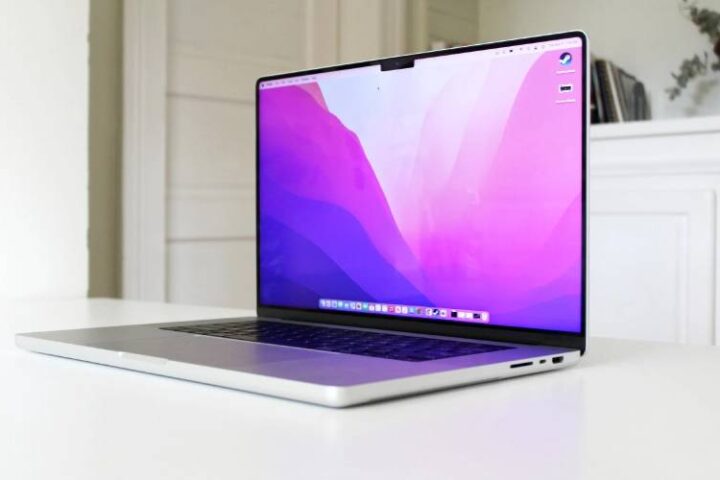Last week, Google made a groundbreaking commitment that even Apple hasn’t matched: a pledge to provide seven years of operating system updates, security patches, and feature enhancements for the Pixel 8 series. This level of long-term support is an Android first, while Apple has been offering it to iPhone users for years. Devices like the iPhone 7, 8, and X enjoyed five years of software support, and newer models may receive even more. The iPhone 14 and iPhone 15 series, equipped with impressive processing power, are prime candidates for extended support.
Apple’s strategy with each new iOS release is to ensure older hardware continues to run smoothly and provide a user experience comparable to that of a new phone. However, some iOS features requiring specific hardware components, such as a faster chip or advanced camera technology, may not be compatible with older devices.
iOS 17 follows this pattern, but it also introduces a few exclusive features designed for the iPhone 15 that could theoretically run on iPhone 14 Pro and 14 Pro Max models. Oddly, Apple doesn’t explain why last year’s Pro phones lack support for these features, even though they share hardware similarities with the iPhone 15 and 15 Plus, essentially smaller versions of the iPhone 14 Pro and 14 Pro Max.
Fortunately, there are ways to bring these features to your iPhone 14 Pro with relative ease.
1. iPhone 15’s 24-Megapixel Photos
All iPhone 15 models capture 24-megapixel photos by default, a notable upgrade from the previous 12-megapixel standard, applicable to all four iPhones. While the iPhone 15 and 15 Plus boast camera hardware similar to that of the iPhone 14 Pro and 14 Pro Max, as well as similar chips, last year’s models do not support 24-megapixel photos. However, you can enhance your image resolution to 48 megapixels using the new RAS shooting mode available in iOS 17. Access this mode via the Settings app, navigate to the Camera menu, and select Formats. Opt for HEIF Max, allowing you to capture up to 48-megapixel photos on your iPhone 14 Pro/Max. Notably, these high-resolution photos won’t consume excessive memory, only 5MB compared to 25MB for 12-megapixel ProRAW images and 75MB for 48-megapixel ProRAW Max shots.
2. Check Your iPhone’s Battery Cycle Count
All iPhone 15 models now offer detailed battery information, including the cycle count. This information, combined with battery health data, helps assess battery degradation and whether servicing is required. Unfortunately, the iPhone 14 Pro and 14 Pro Max lack this feature. However, you can use apps like Coconut Battery on Mac or iMazing on Windows to obtain similar details about your iPhone’s battery, including the number of charging cycles since purchase.
3. Limit iPhone 14 Pro Battery Charging to 80%
iOS 17 introduces a valuable battery health feature for the iPhone 15 series, allowing users to restrict battery charging to 80%. While this may slightly reduce the device’s battery life between charges, it can significantly enhance battery health in the long run. Regrettably, the iPhone 14 Pro and 14 Pro Max do not offer a similar feature. Nevertheless, an automation can achieve a similar goal. You can create an iPhone automation to trigger a sound or music when the battery exceeds 80%, prompting you to unplug the phone. Though it requires manual action, this approach can help extend your iPhone 14 Pro’s battery life by minimizing degradation.
On a related note, you can set up a similar automation to activate Low Battery Mode automatically when your iPhone’s battery level falls to 30%.
Disclaimer: The views, suggestions, and opinions expressed here are the sole responsibility of the experts. No Zoomer Zest journalist was involved in the writing and production of this article.

